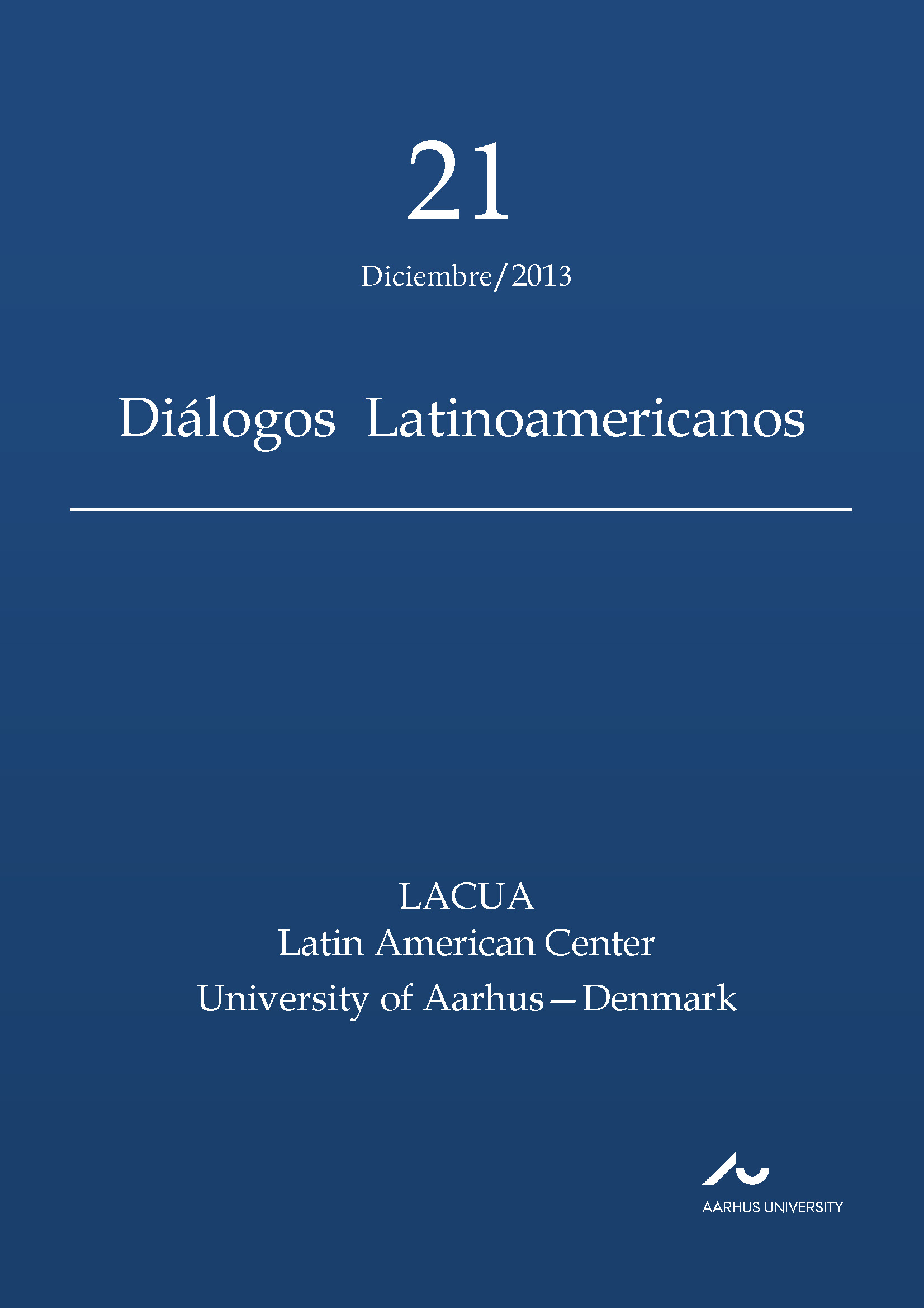Dom Quixote em cordel de J. Borges
uma adaptação brasileira de Cervantes
DOI:
https://doi.org/10.7146/dl.v14i21.113259Keywords:
Don Quixote, Spanish literature, adaptation, Brazilian literature, string literature, J. BorgesAbstract
Dom Quixote em cordel (2005), by J. Borges, is an adaptation of Cervantes’s
masterpiece to a Brazilian scenery; the renowned folk artist represents a number of
scenes from Cervantes’s novel proposing the identification of its characters with some
typical individuals from the Northeastern backlands, especially those related to
banditry. The objective of this article is to conduct a brief analysis of Borges’s poem,
in which it is given special attention to the identification between the imaginary
territories of La Mancha and Brazilian Northeast. Under this perspective, historical
characters, such as the highwaymen Lampião and Maria Bonita, play an important role
as representatives of Brazilian irredentism. They are considered, in the work of Borges,
emblems of peculiar aesthetics highwaymen.
References
Moderna: São Paulo.
Borges, J. L. (2005) Dom Quixote em cordel. Adaptado da obra de Miguel de
Cervantes. Entrelivros: Brasília
Cervantes, M. de (2007) Don Quijote de la Mancha. Santillana: Madrid.
Cascudo, L. da C. (2000) Dicionário do folclore brasileiro. São Paulo: Global.
—. (1985) “Com Dom Quixote no Folclore do Brasil”, in M. de Cervantes.
Dom Quixote. EdiOuro: Rio de Janeiro, 21-31.
Costa, V. (2010) “Estética e estilismo do cangaço”, in V. Costa. O cangaço de
A a Z. Cidadela: Porto Alegre, 42-43.
Cunha, E. (1991). Os Sertões. Francisco Alves: Rio de Janeiro.
De Melo, V. (1982) “Literatura de Cordel- Visão histórica e aspectos
principais”, in: R. Lopes (org.). Literatura de cordel: antologia. Banco do
Nordeste do Brasil: Fortaleza, 3-52.
—. (1986). Tancredo Neves na literatura de cordel. Itatiaia: Belo Horizonte.
Ferreira, C. (2006) J. Borges por J. Borges. EdUnB: Brasília.
Guimarães Rosa, J. (1986). Grande Sertão: Veredas. Nova Fronteira: Rio de
Janeiro.
JUNQUEIRA, I. (2005) “Cervantes e a literatura brasileira”, in Academia
Brasileira de Letras [Document WWW]. URL http:
http://www.academia.org.br/abl/media/prosa45a.pdf. [accesed 16 December
2013].
Suassuna, A. (2004) O Auto da Compadecida. Agir: Rio de Janeiro.
—. (1971) Romance d’a pedra do reino e o príncipe do sangue do vai-e-volta:
romance armorial-popular brasileiro. Borsoi: Rio de Janeiro.
—. (1971) Iniciação à estética. UFPE: Recife.
Franklin, J. (2007) Xilogravura popular na literatura de cordel. Brasília: LGE.
Hobsbawn, E. J. (1975) Bandidos. Editora Forense Universitária: Rio de
Janeiro.
—. (1970) Rebeldes primitivos. Zara Editora: Rio de Janeiro.
Luyten, J. M. (1983) O que é literatura popular. Brasiliente: São Paulo.
Meyer, M. (1980) Autores de cordel. Abril Educação: São Paulo.
—. (1993) Caminhos do imaginário no Brasil. Edusp: São Paulo
Galvão, A. M. de O. (2001) Cordel: leitores e ouvintes. Autêntica: Belo
Horizonte.
Pernambuco de Melo, F. (2004) Guerreiros do sol: violência e banditismo no
Brasil. A Girafa: São Paulo.
—. (2010). Estrelas de couro. A estética do cangaço. São Paulo: Escrituras.
Vieira, M. A. (2012) A narrativa engenhosa de Miguel de Cervantes: estudos
cervantinos e a recepção do Quixote no Brasil. EdUSP: São Paulo
—. (2006) Dom Quixote: a letra e os caminhos. EdUSP: São Paulo.
Downloads
Published
How to Cite
Issue
Section
License
Counting from volume 31 (2022), articles published in Diálogos Latinoamericanos are licensed under CC-BY 4.0. Read more about the license terms here https://creativecommons.org/licenses/by/4.0/.
No Creative Commons license applied on volumes 1-30. All rights reserved by the authors. Readers may download, read, and link to the articles, but they cannot republish the articles.
With the publication of volume 31 (2022), authors retain the full copyright to their articles and give Diálogos Latinoamericanos the right to the first publication. Authors also retain copyright to earlier versions of manuscripts, such as the submitted (pre-print) and the accepted manuscript (post-print).
Copyright to articles published in volumes 1-30 is held by the authors.





